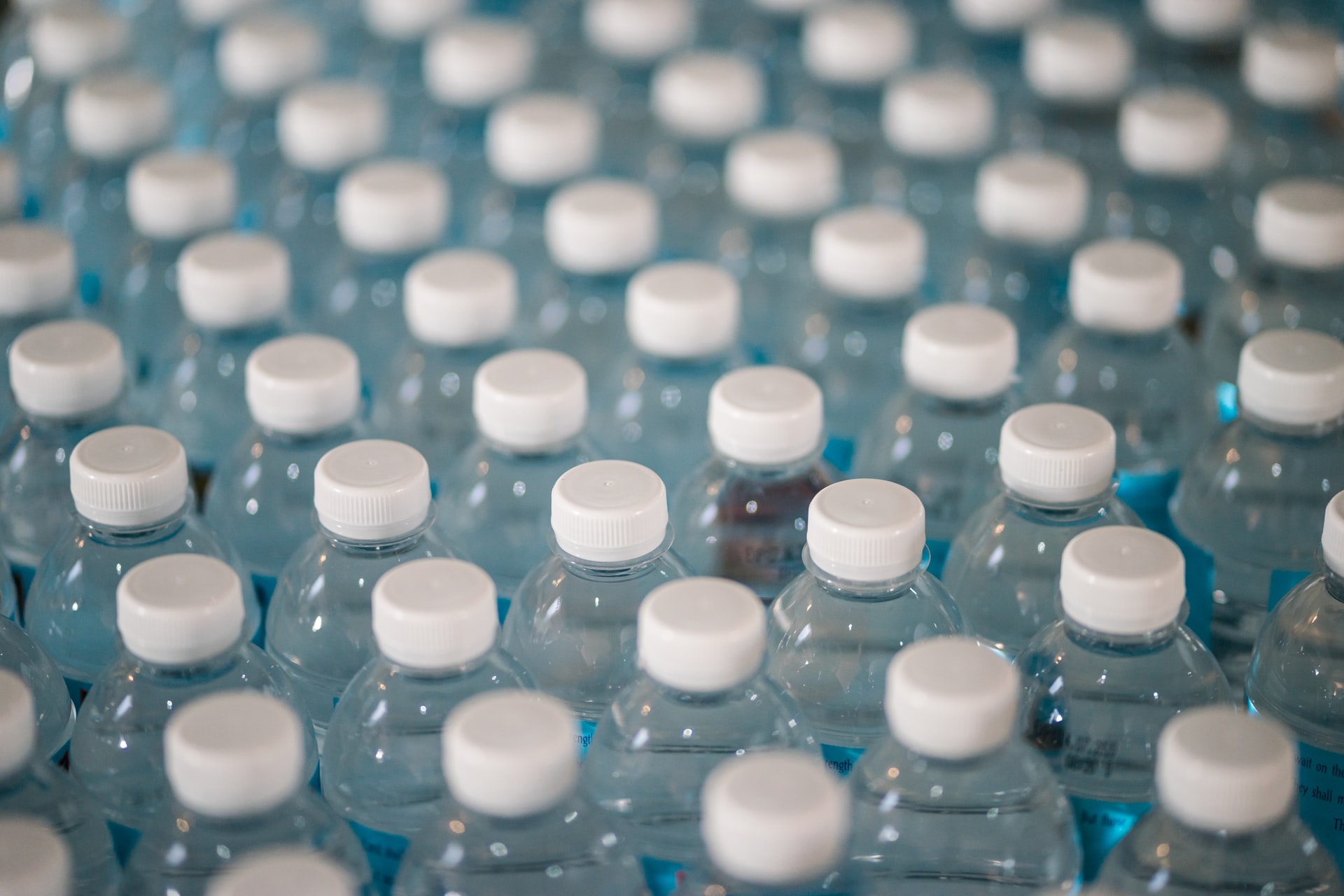
From campaigns against microplastics to news of the great Pacific garbage patch, public awareness is growing about the outsized effect plastic has on the world’s oceans. However, its effect on the air is far less obvious. Plastic production, use, and disposal all emit prodigious amounts of greenhouse gasses, but scientists haven’t had a firm grasp on the scope.
Now researchers at UC Santa Barbara have determined the extent to which plastic contributes to climate change, and what it would take to curb these emissions. The results appear in the journal Nature Climate Change.
“This is, to our best knowledge, the first global assessment of the life cycle of greenhouse gas emissions from all plastics,” said author Sangwon Suh, a professor at the Bren School. “It’s also the first evaluation of various strategies to reduce the emissions of plastics.”
Plastics have surprisingly carbon-intense life cycles. The overwhelming majority of plastic resins come from petroleum, which requires extraction and distillation. Then the resins are formed into products and transported to market. All of these processes emit greenhouse gases, either directly or via the energy required to accomplish them. And the carbon footprint of plastics continues even after we’ve disposed of them. Dumping, incinerating, recycling and composting (for certain plastics) all release carbon dioxide. All told, the emissions from plastics in 2015 were equivalent to nearly 1.8 billion metric tons of CO2.
And researchers expect this number to grow. They project the global demand for plastics will increase by some 22% over the next five years. This means we’ll need to reduce emissions by 18% just to break even. On the current course, emissions from plastics will reach 17% of the global carbon budget by 2050, according to the new results. This budget estimates the maximum amount of greenhouse gasses we can emit while still keeping global temperatures from rising more than 1.5 degrees Celsius.
“If we truly want to limit global mean temperature rise from the pre-industrial era below 1.5 degrees Celsius, there is no room for increasing greenhouse gas emissions, not to mention substantially increasing greenhouse gas emissions like what we have projected for the life cycle of plastics,” said Suh.
In addition to diagnosing the problem, Suh and lead author Jiajia Zheng, a Bren School graduate student, evaluated four strategies for reducing plastic’s carbon footprint.
Read the full story at: The UCSB Current
Credit: Harrison Tasoff



